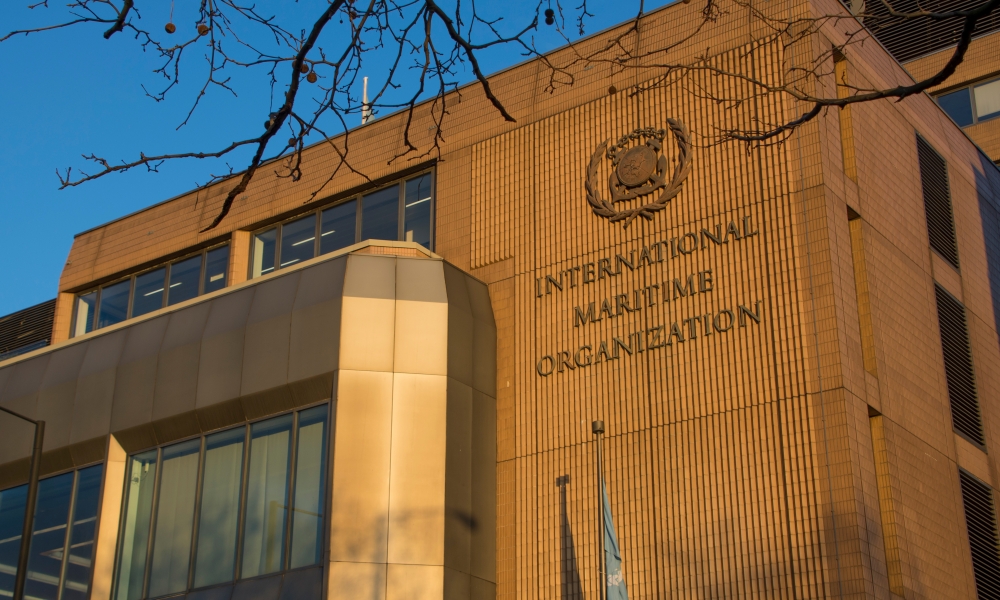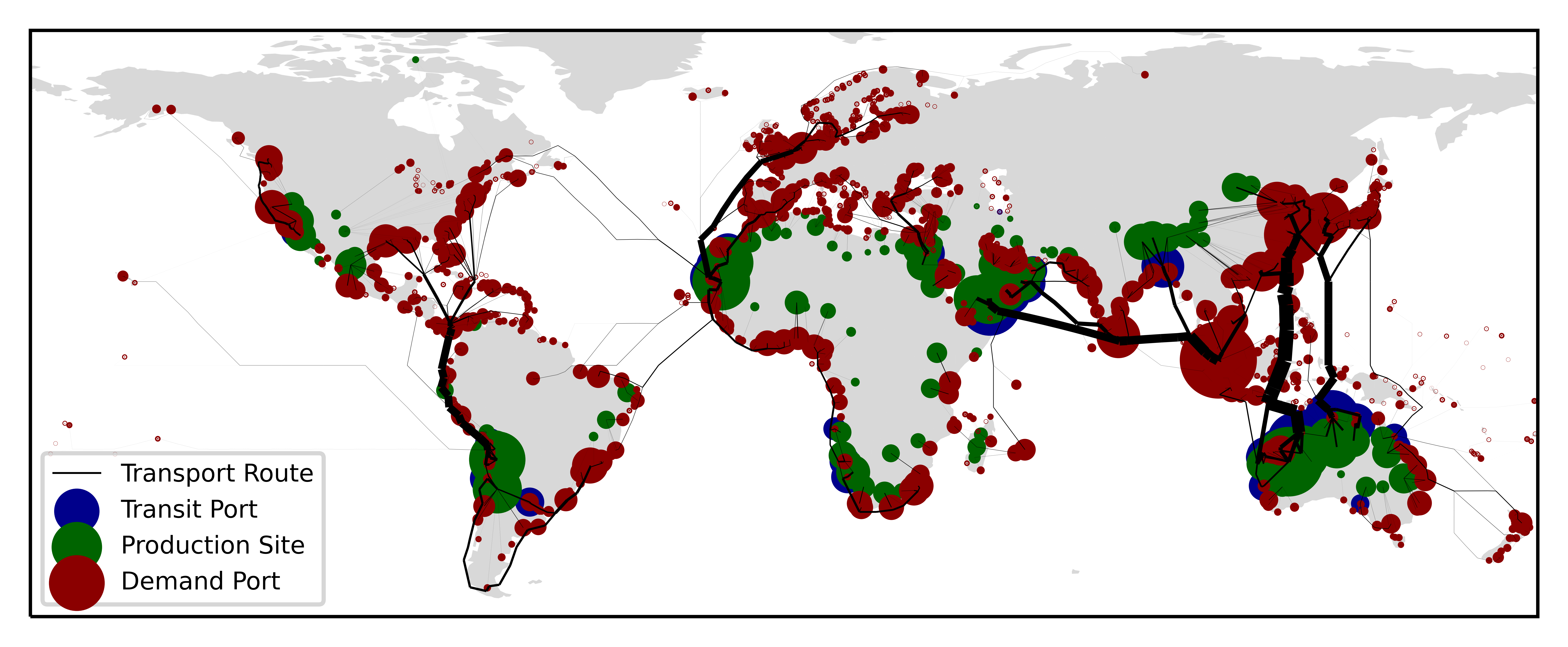Maritime shipping one step closer to full decarbonisation
Associated Sprints
Recent News
- Agile at the BES Symposium
- Youth-Led Research and Policy
- Greenhouse gas uncertainties: expanding the impact of research

During the 80th session of the Marine Environment Protection Committee (MPEC 80) at the International Maritime Organization (IMO), member countries have pledged to strengthen the decarbonisation ambitions of the maritime sector. The revised strategy is now more Paris-aligned, aiming for the sector to be net-zero greenhouse gas (GHG) emissions at 2050, with a strong emphasis on a Just and Equitable transition.
The result of almost two weeks of negotiations by the 175 Member States of the IMO marks an historical achievement, and is in line with the earlier efforts of some of the member countries to push for a revision of the 2018 IMO Strategy in which a target of 50% was adopted (compared to 2008). The 2023 revised strategy now strives for a 30% GHG reductions by 2030, 80% GHG reductions by 2040 and an ambition to reach net-zero GHG emissions by 2050. The Agile Sprint to find pathways to decarbonising shipping via green ammonia’, is well placed to support this strategy. It is developing models to predict what a future net-zero supply-chain (from production to fuel locations) for green shipping fuels could look like.
Alongside the GHG emission targets, two other important components of the strategy were agreed upon. First, the strategy sets a new level of ambition for zero or near-zero GHG emissions fuels and energy sources (though it is yet to be decided what is part of this) to be at least 5%, but ideally up to 10%, of the energy used by 2030. This creates some level of certainty that investments in green fuel supply-chains will happen over the next few years, and is likely to be accompanied by short-term measures to provide stimuli to achieve this.
The second important component of the strategy is to quantify GHG emissions on a well-to-wake basis, which measures GHG across the supply-chain, compared to the earlier adopted tank-to-wake GHG emissions target, which only measures emissions emitted by the vessel itself. As such, having a better understanding of the potential configuration of the fuel supply-chain, as provided within the Agile project, is key.
The Figure below shows our modelled least-cost (that is, the lowest cost to meet demand of supply green ammonia at ports globally) supply-chain in 2050, which include the location of production (green), the exporting ports (blue), the ports that require the fuel (red) and the supply networks (pipes over land and maritime shipments over sea). Our model predicts regional supply hubs, such as Australia for most of East Asia, northern Africa for Europe and Chile for the East Coast of the United States. Having such a clear idea where things might be headed can create certainty for all actors involved in setting up the ammonia fuel supply chain, as well as showcasing to policymakers that this is both technically and financially feasible

However, one major uncertainty remains; what policy measures are required to achieve these ambitious targets, and who is going to pay for this? For instance, our analysis shows that a fully decarbonised green fuel supply system requires investments of more than 2 trillion USD, alongside the fact that there is an existing gap between the price of existing (polluting) fuels and green alternatives. While a carbon levy (a price paid per tonne GHG emitted) would be an obvious candidate, which could be used to finance investments in low- to middle-income countries (an important element of the Just and Equitable transition), it is yet to be decided whether this will be implemented.
Altogether, the MPEC 80 outcomes are a step in the right direction, underlining that continued research efforts, such as this Agile Sprint, are required to inform ongoing dialogues around new policies to achieve the new targets set.



